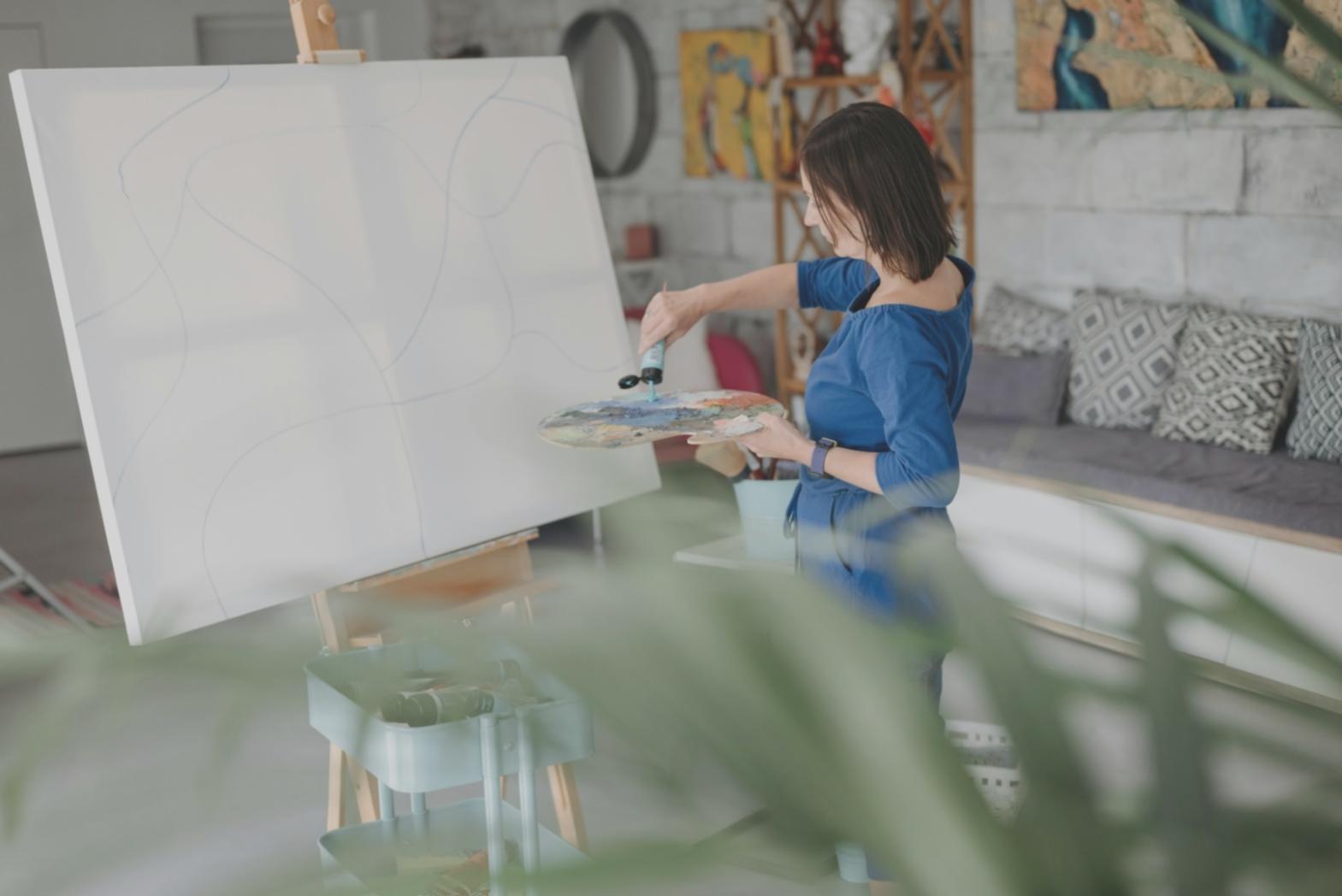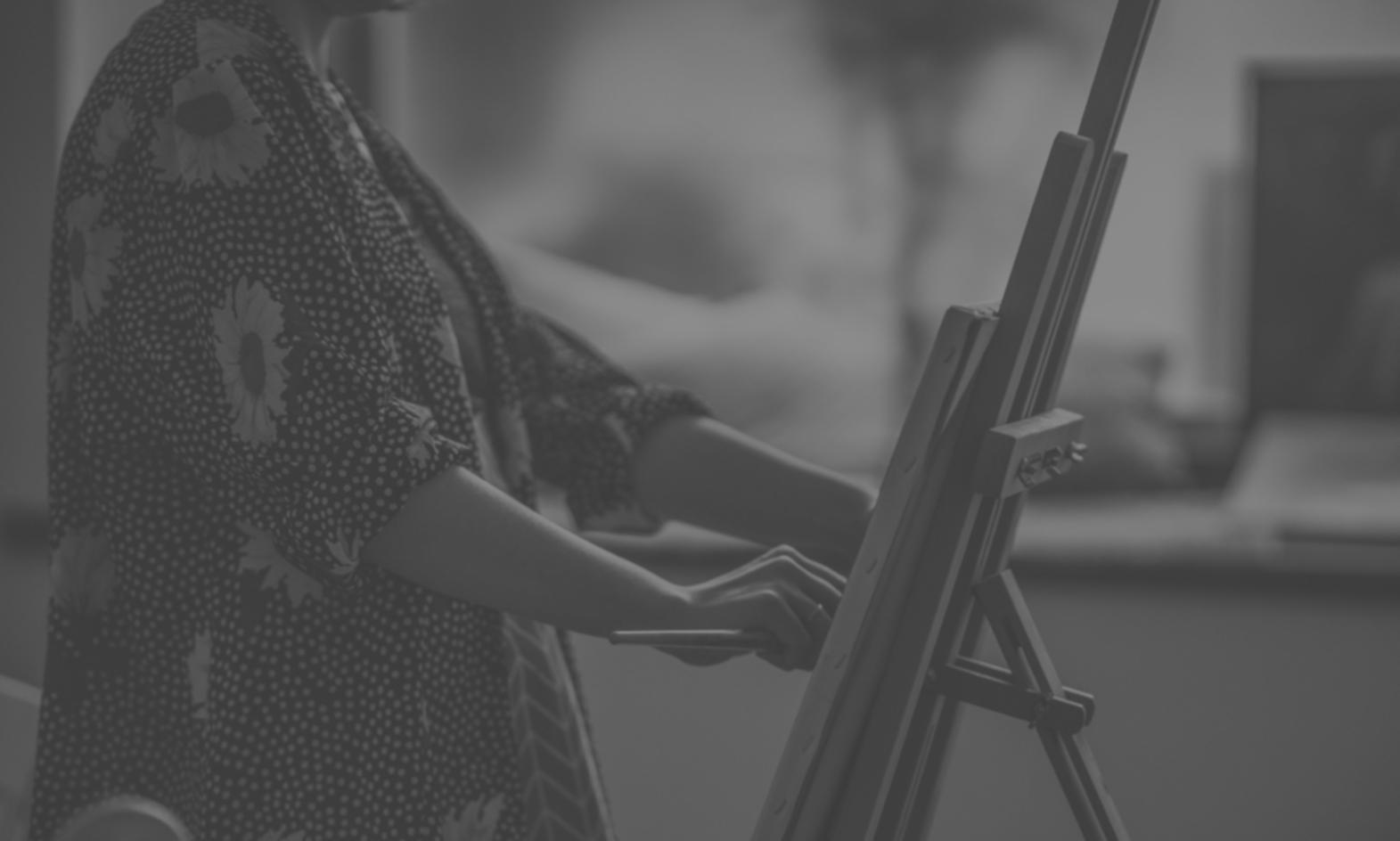From Theory to Practice
Understanding color theory means nothing if you can't apply it consistently in your drawings. That's why every concept we teach comes with immediate practical exercises designed around real artistic challenges.
- Start with simple color temperature studies that show immediate results in your depth perception
- Practice color mixing exercises that build your confidence with both traditional and digital media
- Apply complementary color schemes to create focal points that guide viewer attention naturally
- Develop personal color palettes that reflect your artistic voice while maintaining visual coherence
Most students notice improvements in their work within the first few sessions. The concepts aren't complicated – they just need to be presented in the right order with plenty of hands-on practice.



